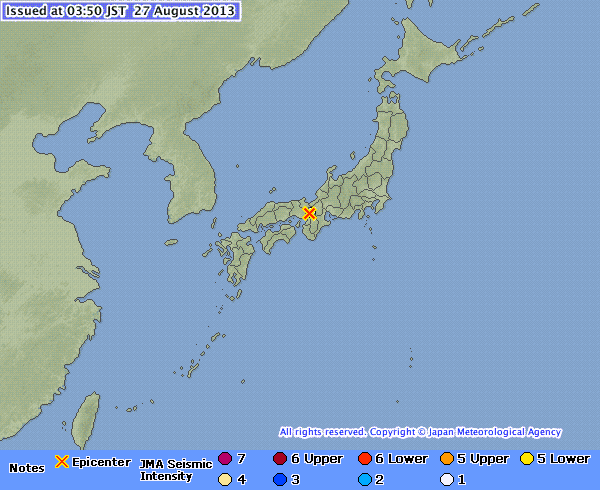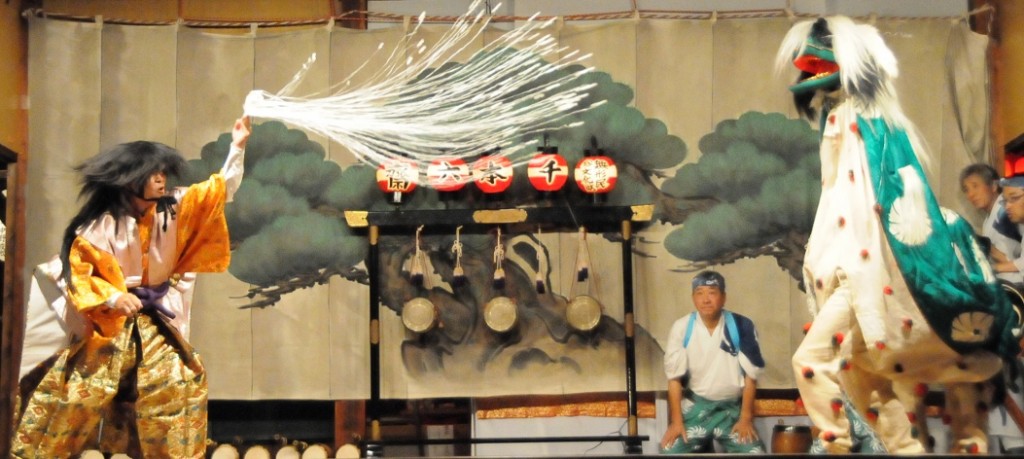I am taking palliative medicine.
Now that I have your attention, let me assure you: I have no plans of dying soon, despite my disease being incurable; I will die with it but not from it, as long as I take that one pill every morning before breakfast (which is what palliative medicine is, strictly speaking: relieving symptoms without curing the cause. Think of diabetes and insulin, for example.)
Unfortunately I was running out of my pills and hence, I had to see a doctor to get a new prescription. I decided to go to the Kyoto University Hospital, partly because at least the doctors there (should) speak English, and partly because it is just a stone’s throw away from Ebisu’s. The hospital accepts outpatients from 8:30 to 11:00, so I went there as early as possible.
I arrived at the responsible ward at 8:30 but was slightly surprised that it was empty of both patients and personnel. Somebody told me however, that as a first timer in the hospital, I had to register first on ground floor, counter #2. The hospital appears to be very prepared for the foreigner who does not speak Japanese: The form was in English and the staff has their usual explanations translated and compiled into a long list, so they only need to point at the right sentence in English. My old Austrian drivers licence caused some hilarity (they need a copy of an ID and I don’t carry my passport), but besides that everything went smoothly. I was issued a Hospital Card immediately and, armed with instructions and something that looked like a mobile phone I was sent back up to the responsible ward.
There, I first was handed a nother form to fill in (medical history), and was then instructed to have my measurements taken. I stepped on a small platform and a machine automatically took my height (less than expected) and my weight (still too much), and then I sat at another one that took my blood pressure (all ok). Then, I had to wait.
nother form to fill in (medical history), and was then instructed to have my measurements taken. I stepped on a small platform and a machine automatically took my height (less than expected) and my weight (still too much), and then I sat at another one that took my blood pressure (all ok). Then, I had to wait.
Finally, at about 11:20, the phone rang. Well, it’s not really a phone, but some kind of oversized beeper with a large display. When it rings, a message is displayed telling you what to do next. In this case it said “come to examination room 207”, and I dutifully obeyed. The doctor, a nice middle-aged man who spoke excellent English and even some German, was already waiting with my file ready. After discussing the medication and its dosage he asked me to have a blood test done and whether I’d want to wait for the results. I agreed to that, and off I went, first to have my blood taken (everything done and over with in less than 5 minutes), then to have lunch in a coffee shop.
At about a quarter to one the phone rang and I saw the doctor again. We agreed on a slightly lower dosage than what I have been taking until now, he gave me a prescription and a new appointment in 3 months’ time.
Barely out of his examination room, my phone rang again and I was instructed – provided I was finished now – to take all my stuff to ground floor, counter #5, in order to finalise everything and to pay. The paperwork was taken by some clerk, and I was asked to wait in front of several machines where I could pay my bill. “But, how much is it?” I asked, just to get the answer: “You’ll get a message on the phone…” And so I did after maybe another 10 minutes. I put the phone into an extra slot into the machine so the amount was transferred and I could pay by inserting cash or using a card. Once the receipts were printed – very nicely on A4 paper – the phone disappeared automatically and I could leave the hospital.
I then walked across the street, picked one of the pharmacies at random, and while they were filling the prescription, I had to fill in yet another form about my medical history… It seems that Japanese love forms of every provenance.
The whole adventure including the trip to the pharmacy took about five and a half hours, but mostly that was because I had (or chose) to wait. As I have a fixed appointment for next time, it should go much faster then.
Things that surprised me:
- They needed my mother’s name on the application form. Why?
- Everything appears to be highly efficient. You know who’s an office clerk, a doctor, a nurse, they all wear appropriate uniforms. Everything is organised, you know exactly what to do, where to go and when. All forms are in English (even the one in the pharmacy) and the lists with the English sentences are a great help. If you are still unsure, all staff are very friendly and helpful.
- The beeper/mobile phone. You can walk around the whole hospital or have a coffee while you are waiting. There is no need to stay put in your ward and stare at the wall. A brilliant system – and: I got the messages in English! I have heard that those beepers also work across the road in the many little restaurants – buy maybe the beepers for the doctors on call have a larger range?
- My next appointment is in exactly three months, and I received medication to cover exactly those days – and not a single more. Instead of a full package of pills as normal in Europe, the pharmacy handed me a bunch of those blister packages tied with a rubber band in a plastic bag together with a single piece of paper stating how often I need to take them. No package insert listing all hazards when taking this medication – but it may have been different had I said that I could read Japanese.
So yes, despite the endless wait it was a rather pleasant experience, and I’m looking forward to the next appointment.














